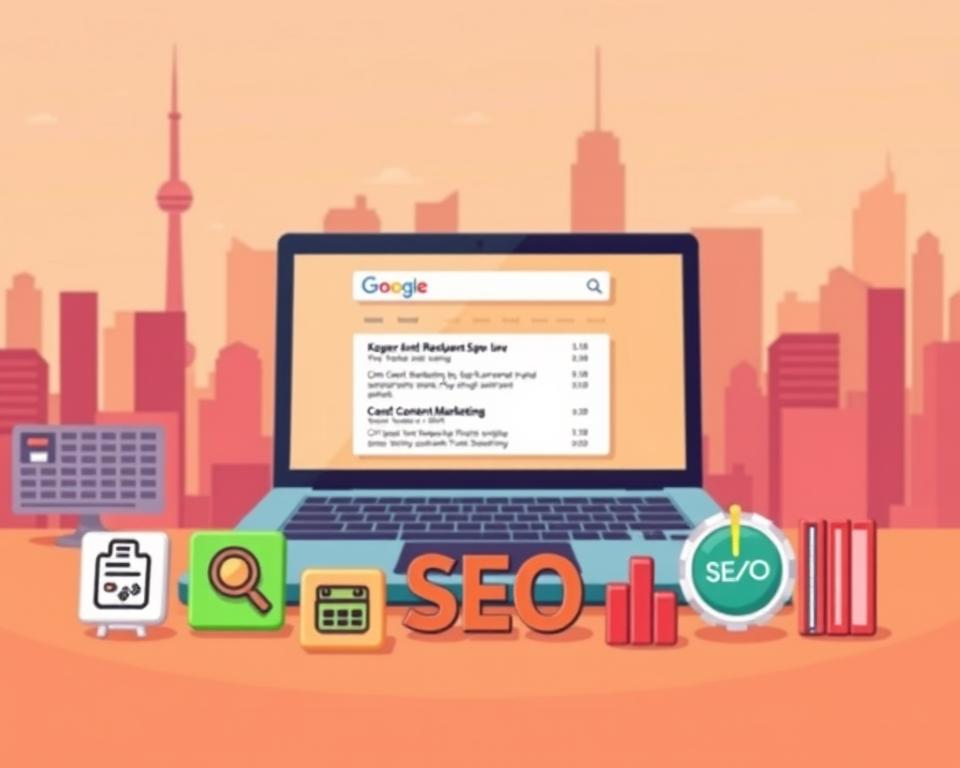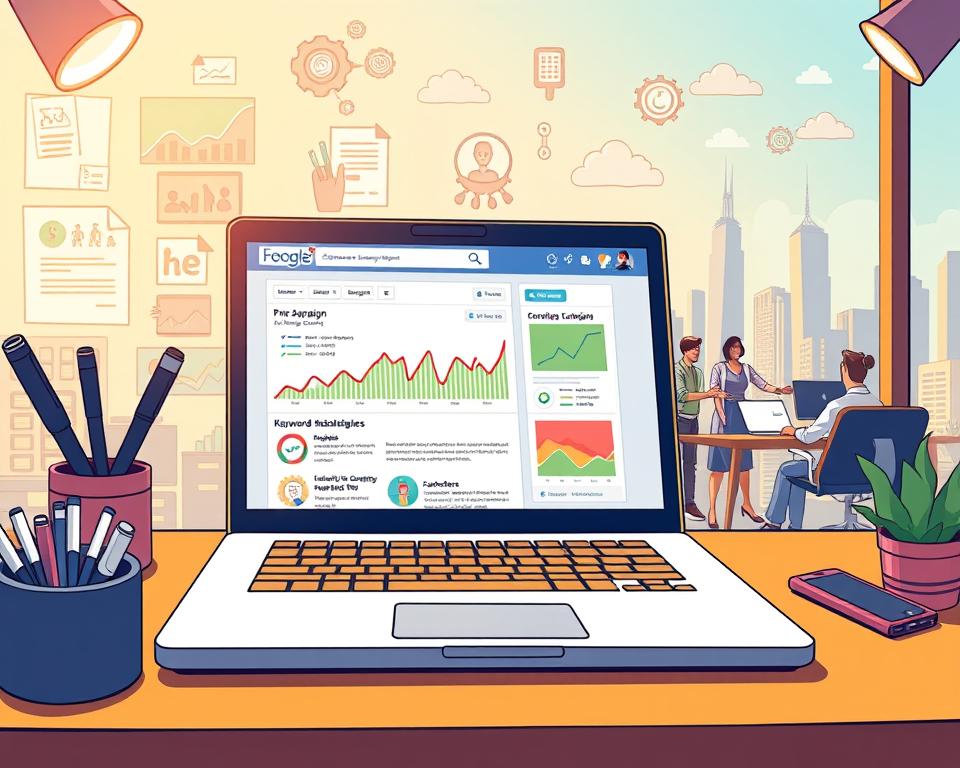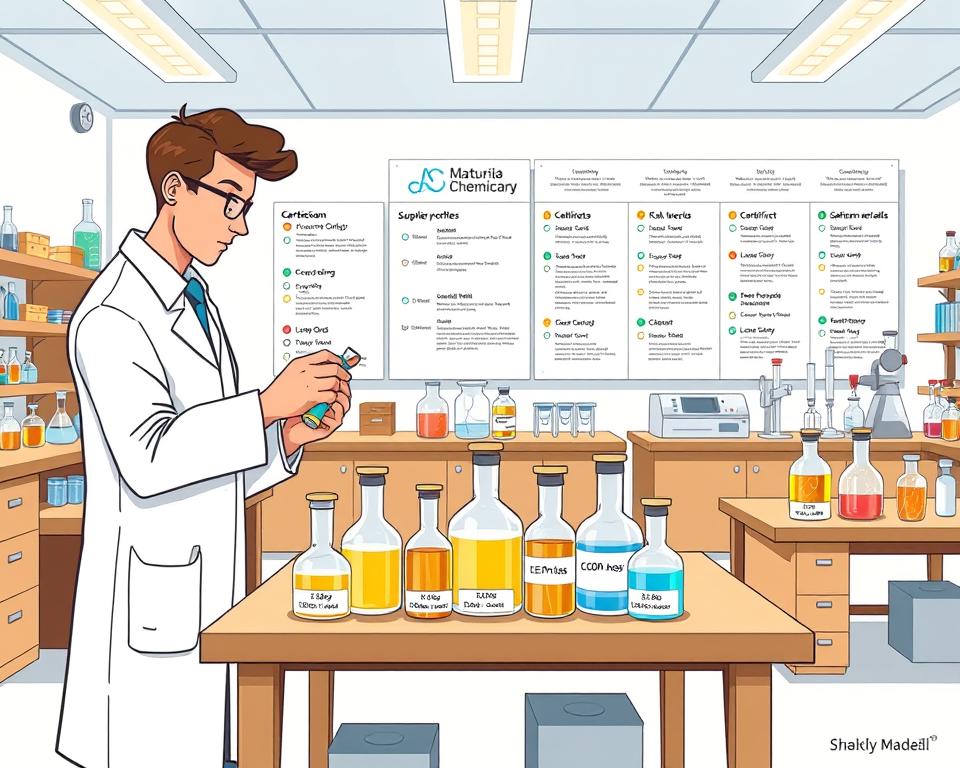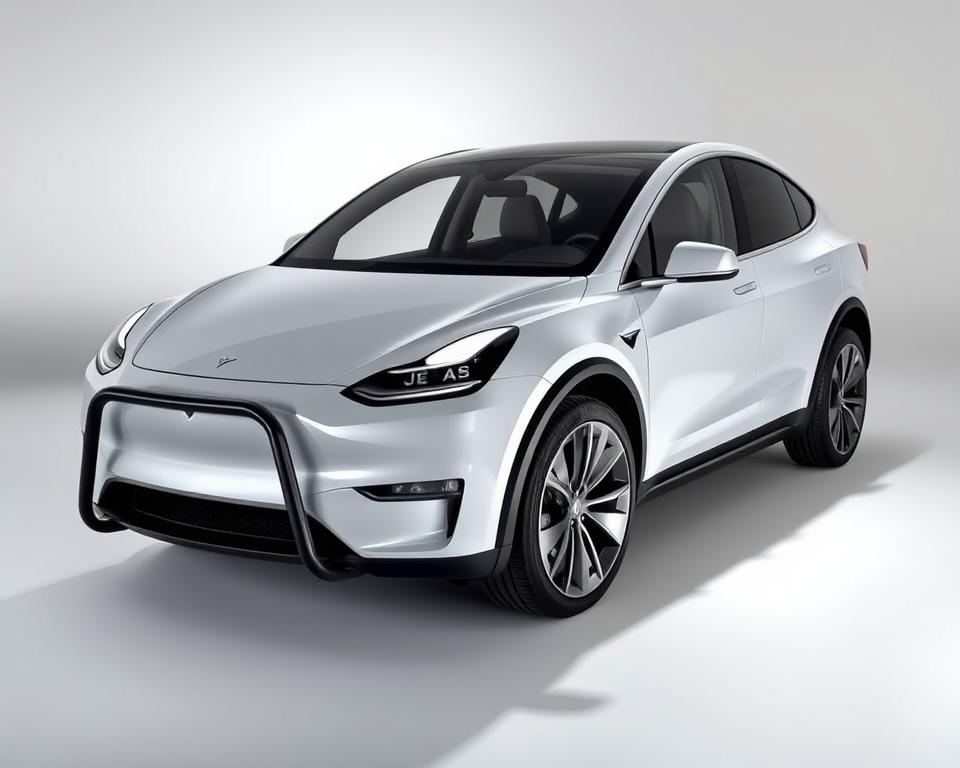Uncover Proven SEO Services for Your Organization
Were you aware the world’s top search engine handles roughly 3.8 million searches each minute? In the modern challenging digital landscape, having a strong web presence is vital. Through effective SEO services, businesses can raise their visibility and attract more customers. This occurs through search engine optimization strategies.
Proper site optimization is vital to amplifying natural traffic. It guarantees you get noticed among numerous contenders. Firms such as Marketing1on1.com offer bespoke SEO packages. They work to improving your SERP positions and digital footprint, setting the stage for lasting growth in Digital Marketing 1on1.
Understanding the Importance of SEO Services
To succeed in the online world, comprehending the role of SEO services is key. Search engine optimization is central to increasing web visibility, helping customers locate products and services through search. Without strong SEO, companies risk being passed over by their rivals in the digital world.
A strategic SEO strategy can dramatically enhance organic traffic, which is directly linked to better website rankings. Top positions in search results foster credibility and confidence with users. Studies show that pages on the get first‑page placement get far higher click‑throughs than those on later pages.
Investing in SEO are a long‑term growth strategy for businesses. Increased visibility not only draws more visitors but also enhances engagement, leading to improved conversions. The advantages of SEO go past short‑term gains; they create lasting brand awareness and customer loyalty.
Types of SEO Services Available
Organizations may select a suite of SEO solutions to fit their requirements. An site audit is key, reviewing a site’s health and spotting optimization opportunities. For brick‑and‑mortar businesses, local SEO is crucial, enhancing exposure in local listings.

On‑site and off‑site SEO offerings are critical for enhancing website content and authority. On‑page SEO enhances website elements, while off‑page SEO enhances authority through backlinks and social signals. Technical SEO ensures site accessibility and performance across devices.
Content marketing is a key SEO element, producing compelling content that draws visitors and crawlers. Knowing these categories helps companies select the appropriate services for their objectives.
Selecting Your SEO Partner
Selecting the best SEO agency is essential for your company’s online presence. A good SEO services company can improve your web exposure and drive more traffic. Start by setting measurable goals for your SEO campaign. This makes selecting the proper agency easier.
When looking for a partner, pay attention to their responsiveness and how open they are. Top agencies will provide success stories or client reviews that highlight their results. This proves they can deliver results.
Stay away from SEO agencies that promise instant results. SEO is a long‑term game that requires ongoing effort and strategy tweaks. Look for agencies that value transparency and create customized plans for your company, not generic solutions.
Marketing1on1.com is a prime example of an SEO services company dedicated to aligning strategies with each client’s unique goals. They guarantee you get a tailored plan, not just a generic package.
- Set specific goals for your SEO efforts.
- Evaluate agencies through their responsiveness and transparency.
- Beware of promises of instant results.
- Seek agencies with demonstrated track records.
- Consider custom solutions over one‑size‑fits‑all packages.
Building Your SEO Plan
Starting an effective SEO strategy demands thorough search term analysis. It’s about finding the keywords your target audience searches for. This guarantees your pages meets their needs and improves alignment.
An effective online strategy combines on‑page and off‑page SEO. On‑page techniques include optimizing text, metadata, and internal links. These improve user experience and usability. Off‑page methods, like securing authoritative links, boost site authority and exposure.
However, setup is just the beginning. Ongoing tracking with tools like Google Analytics is key. By tracking engagement, exit metrics, and goal completions, businesses can refine their strategies. This continuous optimization makes sure SEO efforts stay in line with goals, making the plan stronger.
SEO Fundamentals: On‑Page vs Off‑Page
Grasping the basics of on‑page SEO and off‑page SEO is crucial for any online success. On‑page SEO aims to improve web pages for better search rankings. Key elements include keyword optimization, valuable content, HTML tags, and clean URLs. These components are critical for a page’s ranking in results.
Off‑page SEO, conversely, involves actions off the site. It mainly revolves around acquiring backlinks from authoritative sites, enhancing a site’s reputation. Balancing on‑page and off‑page tactics is critical for a strong SEO foundation.
High‑quality content is a cornerstone for both on‑page and off‑page SEO. Creating valuable content attracts users, enhances UX, and earns backlinks. By focusing on content quality, companies can enhance their digital presence. Marketing1on1.com assists organizations combine on‑page and off‑page methods for better results.
Implementing Content Strategy
Content marketing for SEO is a essential strategy for companies seeking to boost their web visibility. It merges the art of creating compelling content with the science of SEO. This Digital Marketing 1on1 approach enables companies attract organic traffic more effectively. By regularly producing valuable content that addresses user intent, businesses can improve their search rankings. This also enables establish them as authorities in their industries.
Effective content marketing strategies include a variety of formats. For instance:
- Blog posts that provide valuable insights
- Educational pieces answering customer queries
- Infographics that illustrate complex data
- Engaging videos that promote engagement
Marketing1on1.com specializes in producing SEO‑driven content that connects with their target audiences. Their commitment to high standards boosts the chances of ranking well in SERPs. This grabs the attention of prospective customers. With a strategic and consistent content marketing plan, businesses can greatly enhance their online visibility. They can also generate long‑term organic traffic.
Tracking SEO Performance
To gauge the success of SEO efforts, utilizing SEO analytics tools is vital. Google Analytics is prominent, providing in‑depth data into visitor behavior and engagement patterns. By analyzing KPIs like organic traffic growth, bounce rates, and conversion rates, businesses can assess their results. They can also identify areas needing improvement.
Measuring success requires a systematic method. By regularly analyzing data, companies can refine their strategies. This adjustment is crucial due to the ever‑evolving in search engine algorithms. KPIs are critical for monitoring website performance and making sure initiatives are productive.
Leveraging analytics insights helps businesses make data‑driven choices. This method not only enhances outcomes but also increases overall effectiveness. Regularly reviewing metrics is essential for maintaining an edge in the online arena.
SEO Mistakes to Watch For
Online marketing, being aware of common SEO pitfalls is vital for an company’s digital performance. Overusing keywords, a common issue, involves excessively using targeted keywords in content. This practice, intended to improve search engine rankings, is viewed unfavorably by search engines. It often results in rank drops, reducing a site’s visibility.
Use of black hat practices is another major issue. These unethical methods, like hidden text or using link farms, may yield immediate gains but damage a site’s credibility and rankings in the long term. Success in SEO depends on adopting legitimate, quality‑focused tactics.
Neglecting mobile optimization is a critical error. With more users accessing websites on smartphones, ensuring a seamless experience across devices is vital. Not optimizing for mobile can lead to more exits and rank drops.
For lasting SEO success, businesses must prioritize white‑hat methods and create valuable content that resonates with their audience. Companies like Marketing1on1.com advise their partners on these pitfalls. This helps them to steer clear of common errors and pursue outcomes that align with search engine standards.
| Common Pitfalls | Consequences |
|---|---|
| Keyword Stuffing | Penalties from search engines |
| Black Hat Practices | Loss of credibility |
| Neglecting Mobile Optimization | Lower engagement |
| Poor User Experience | Decreased visibility |
Staying Updated with SEO Trends
The SEO landscape is ever‑changing, influenced by algorithm updates and emerging marketing techniques. To succeed, companies must stay alert to the newest SEO developments. Areas like voice SEO and mobile‑first design have become vital, reshaping how we access information.
Keeping up with industry news is essential for staying ahead. Joining online forums offers valuable insights into how companies adapt to algorithm changes. This knowledge enables businesses to quickly adopt effective strategies. Those who embrace continuous education are more likely to leverage trends effectively.
The Final Word
Quality SEO offerings are critical for boosting digital visibility and driving lasting business growth. As businesses navigate the online market’s complexities, understanding SEO is crucial. By partnering with an experienced firm, crafting a comprehensive SEO strategy, and measuring results, businesses can gain a competitive advantage.
Working with expert teams, like those at Marketing1on1.com, offers the insights needed to succeed in a rapidly evolving world. These strategies enhance your digital presence and lay the foundation for a long‑term marketing strategy. This strategy supports continuous expansion.
Embracing ongoing learning in SEO techniques is essential for a company’s prosperity. It ensures they remain competitive in the constantly changing online world. Prioritizing effective SEO practices is the secret to long‑term success in digital marketing.
FAQs
Explain SEO services
Search engine optimization services are strategies designed to boosting your site’s search presence in search results. They generate unpaid visits and enhance your brand’s online presence.
Why businesses need SEO
Search optimization is crucial as it helps users find you in online searches. It improves web presence and attracts customers who seek services online.
SEO service types
Offerings include site audits, local optimization, on‑page and off‑page SEO, technical SEO, and content marketing. Each is tailored to meet specific business needs and enhance SERP positions.
Finding an SEO firm
When picking an SEO agency, define specific objectives and research companies for their track records and communication style. Look for those that provide personalized strategies and are open in their approach.
Key SEO strategy elements
A winning SEO plan starts with thorough keyword research. It employs both on‑page and off‑page tactics. Regular performance analysis is also key to keep effectiveness over time.
On‑Page vs Off‑Page SEO
On‑site optimization optimizes individual web pages for higher rankings through content quality. Off‑site tactics build authority through social signals.
Using content for SEO
Content marketing integrates SEO principles with engaging content. It draws visitors and generates natural visits, improving search rankings and establishing authority in niches.
Key SEO metrics
Key metrics include visitor increases, exit rates, conversion rates, and ranking changes. These data points help refine your SEO strategy and reach desired outcomes.
SEO errors to avoid
Steer clear of overusing keywords, neglecting mobile optimization, and employing unethical tactics. These can lead to rank drops and lost traffic.
Following SEO trends
Keep informed by following industry news, joining forums, and engaging with emerging trends like voice search and mobile-first design. This keeps a competitive edge in the online arena.









